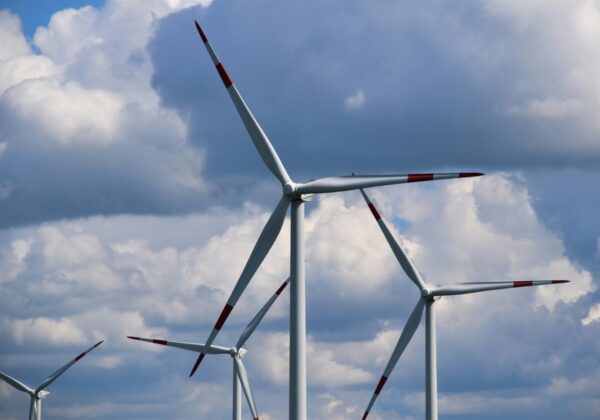The Crown Estate has concluded the Habitats Regulations Assessment (HRA) for the Celtic Sea floating offshore wind leasing process.
The HRA covers the three Project Development Areas (PDAs) which are being made available through the Round 5 leasing process, and which will see commercial-scale floating wind farms established in the Celtic Sea for the first time. The HRA also covers three Test and Demonstration projects which have been proposed by developers in the Celtic Sea.
The HRA concludes that protected environmental sites will not be adversely affected by the Test and Demonstration projects, and the development opportunities that will be offered as part of Round 5. As a result, The Crown Estate has taken the decision to progress with commercial agreements with the three Test and Demonstration opportunities, as well as moving forward with the three Round 5 PDAs.
This is the first time that The Crown Estate has undertaken the HRA ahead of an offshore wind leasing process. This innovation is designed to give bidders early visibility of the steps they will need to take to ensure conformity with the HRA (including any necessary mitigations), reducing uncertainty and helping reduce the risk of future delays.
The Plan-Level HRA is the result of intensive engagement and technical analysis with a broad range of stakeholders. This includes a review of The Crown Estate’s assessment by an Expert Working Group of technical experts from relevant UK statutory marine planning authorities, statutory nature conservation bodies, relevant non-governmental organisations and the UK and Welsh governments.
The leasing process for Round 5 is due to get underway in February 2024 and will see three sites being auctioned with combined capacity of up to 4.5GW.
Mitigation measures
The HRA will shape developers’ activity and direct them to undertake specific measures to mitigate the impact of their construction on birds and other marine wildlife. On the basis these mitigations are fully implemented, the HRA concludes that the proposed Round 5 development will have no adverse effect on any of the sites within the protected site network (those areas which are designated as requiring special environmental protection or conservation). The mitigation measures include:
- Limits on the sweep of wind turbine blades below 80m, the height at which birds are at greatest risk.
- Enhanced and strategic management of noise that can disturb or harm marine species.
- Requirements to develop measures to ensure that fish are not accidentally caught during seawater extraction should developers choose to produce hydrogen as part of their Round 5 project.
- Requirements set out to guide developers in their route selection for electricity cables or hydrogen pipelines.
Once the leasing process has been concluded, further assessment of the potential environmental interactions of each project will be undertaken as part of the development consenting process.
Further information from The Crown Estate can be read here.
